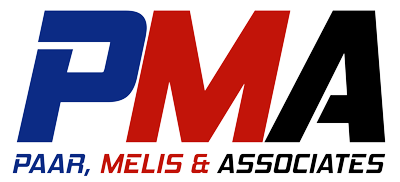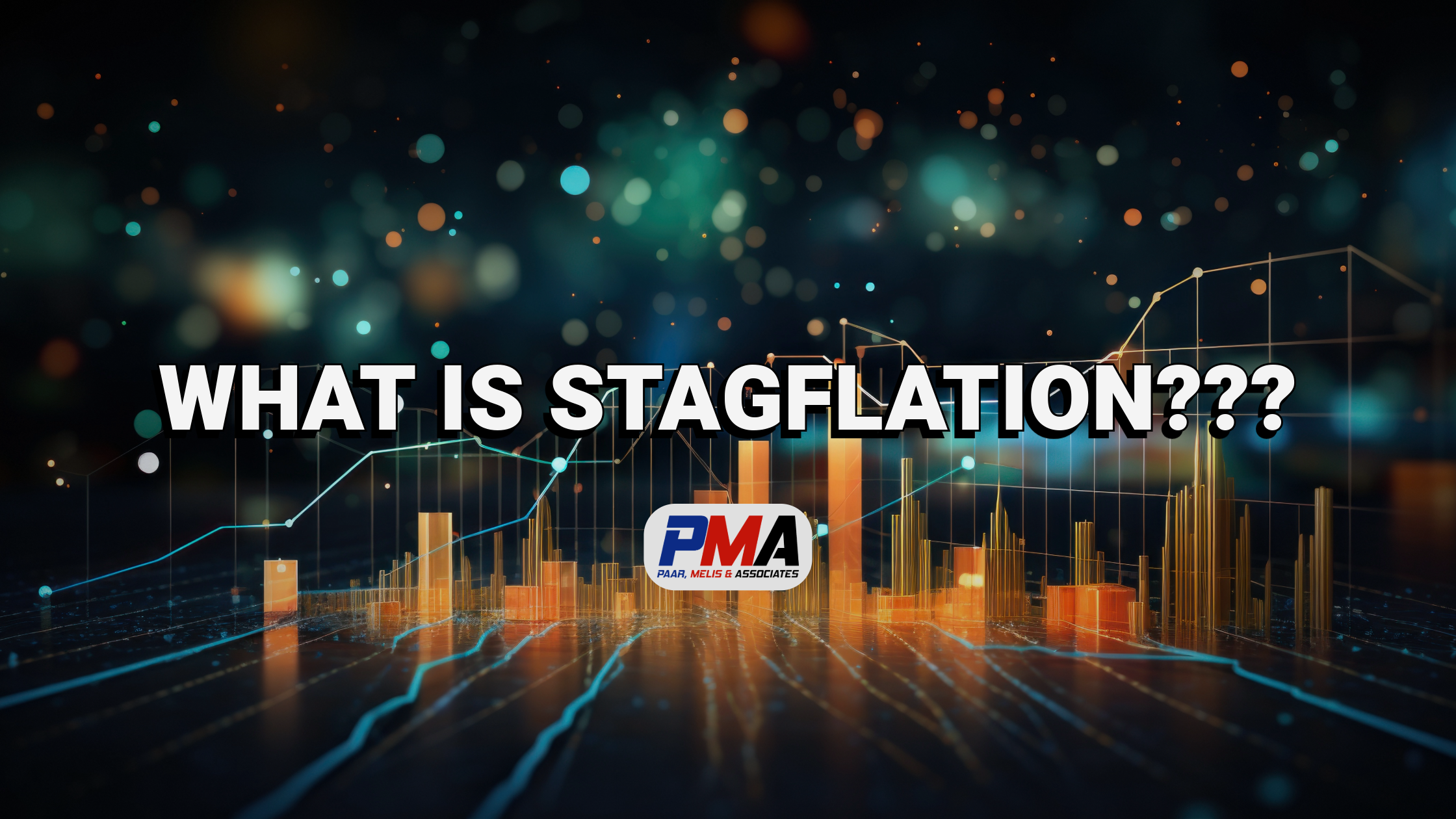The term stagflation is making a comeback, and if you own an auto repair shop, you need to understand what it means for your business. In simple terms, stagflation occurs when economic growth slows down while inflation remains high. It’s a double-edged sword: costs are rising, but customer spending is tightening.
In Episode 162 of Business by the Numbers, Hunt breaks down:
- What stagflation is and why it matters now
- How inflation is outpacing wage growth (and why that hurts your customers)
- Why tariffs, oil prices, and fiscal policy are shaping 2024’s economy
- Lessons from the 1970s economic crisis (and how they apply today)
- Practical strategies for auto shop owners to stay profitable
Let’s dive in.
What is Stagflation?
Stagflation occurs when inflation (rising prices) continues even as economic growth slows down. In a normal economy, when spending slows, inflation typically cools. But right now, we’re seeing something different:
✔️ Prices are still rising. The cost of living is going up, from housing to groceries to auto parts.
✔️ Economic growth is slowing. Businesses aren’t expanding as quickly, and wages aren’t keeping pace with inflation.
✔️ Consumers are feeling the pinch. When people’s income doesn’t stretch as far, they cut back on spending—including auto repairs.
Why This Matters for Auto Repair Shops
As an auto shop owner, stagflation presents a few major challenges:
- Higher costs for parts and supplies – Inflation and tariffs could increase the cost of doing business.
- Rising employee wages – You may need to pay more to keep skilled technicians, even if your revenue isn’t increasing.
- Customer spending habits – Many people will put off repairs if they’re struggling financially.
What Can You Do?
While stagflation is an economy-wide issue, you can take proactive steps to keep your business profitable:
– Adjust pricing strategies – You don’t have to raise prices drastically, but small, calculated increases can help offset rising costs.
– Offer financing options – Giving customers flexible payment plans can help them say “yes” to necessary repairs.
– Focus on high-margin services – Some services have better profit margins than others. Promote those services to maintain profitability.
– Manage expenses wisely – Watch for waste and inefficiencies in your shop. Even small cost savings add up over time.
History Repeating? Lessons from the 1970s
If this sounds familiar, it’s because stagflation last hit the U.S. hard in the 1970s. Back then, rising oil prices, global trade shifts, and economic uncertainty created similar conditions. The good news? The businesses that adapted—by managing costs, staying lean, and adjusting their pricing—came out stronger on the other side.
Final Thoughts
The economy may be shifting, but auto repair shops that plan ahead will thrive. Understanding what’s happening—and making smart financial decisions—can help you stay ahead of the curve.
🎧 Listen to the full episode here: www.paarmelis.com/business-by-the-numbers
📩 Get expert business insights weekly: https://info.paarmelis.com/en-us/automotive-business-podcast

